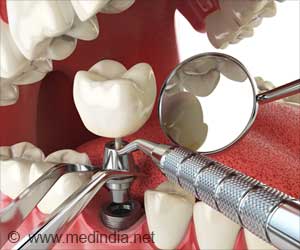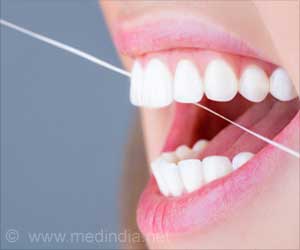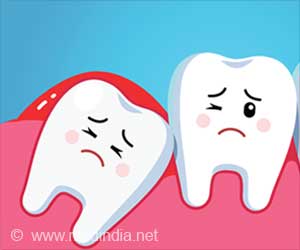Some findings that may make it easy to detect the first signs of dental caries have been detailed by researchers at RMK Engineering College in Tamil Nadu.
Some findings that may make it easy to detect the first signs of dental caries have been detailed by researchers at RMK Engineering College in Tamil Nadu.
R. Siva Kumar, a researcher in the Department of Electronics and Communication Engineering, describes dental caries—colloquially known as tooth decay or dental cavities—as an infectious disease that damages the structures of teeth.He says that the disease causes toothache, tooth loss, infection of the jawbone and beyond, and in severe cases, death.
Caries are caused by acid-producing bacteria that feed on fermentable carbohydrates including sucrose, fruit sugars, and glucose. The higher level of acidity in the mouth due to this bacterial activity effectively dissolves the mineral content of the tooth.
There are two types of dental caries—those that form on the smooth surfaces of the teeth, and those in the pits and fissures.
Siva Kumar points out that the latter are difficult to detect visually or manually with a dental explorer.
According to him, detecting caries in the early stages of development is important for saving affected teeth, and avoiding the possibility of tooth loss and invasive surgery at later stages.
Advertisement
He has revealed that his team has developed an X-ray image analysis technique that reveals the pixel intensities at different X-ray wavelengths, much like the histogram analysis of images by a high-specification digital camera.
Advertisement
In the X-ray histogram, the pixel intensities are concentrated in different ranges depending on degree of decay, he adds.
He believes that dental clinicians may find this technique very useful, and that it may be extended using neural networks to automatically identify the different stages of dental caries.
Source-ANI
RAS/L












